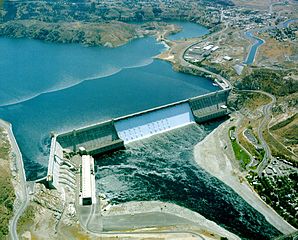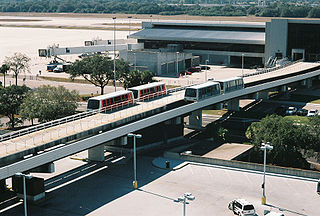As with air quality, when it comes to infrastructure, condition matters.
So, right now, according to one measure – the one just out Mar. 9, 2017: the American Society of Civil Engineers’ “2017 Infrastructure Report Card,” condition-wise, overall, America’s infrastructure got a D+.
A serious situation: make no mistake.

So, what is going on here? In the ASCE report, there are 16 infrastructure categories in all, and, among them: aviation; bridges; dams; inland waterways; ports; railways; roads; and transit. How much to bring all of it up to snuff? Not millions or billions, but trillions with a “t” … and an “r”.
And, where will the money come from to cover the cost? Via: taxation, private investment, public-private partnerships, grants, low-interest loans, just where, exactly?!
And, the focus: what should it be? Repair? Replace? Remove? Build new? Is it a case of all of the former?

Take railways, for example. With work done of, by and for this particular endeavor, it improved. This on account of expansions, extensions, equipment acquisitions, etc., paid for almost entirely with money the rail corporations supply themselves. There are some exceptions, however, this typically in shared usage arrangements whereby, say, a passenger train service operates on track owned by a private entity and whereby the former pays the latter for that use. Or, the reciprocal approach could be in effect. It’s a symbiotic relationship that, from all appearances, works well.
Though, this is not to say, all is hunky-dory. All is not.
Infrastructure advancement-wise, transit, in the figurative sense, apparently, not only has hit the brakes, but has shifted into reverse.
I turn now to the American Public Transportation Association for additional perspective on the matter.
In a prepared press statement, the APTA observed:
“The 2017 Infrastructure Report Card, released today [Mar. 9, 2017] by the American Society of Civil Engineers (ASCE), gave U.S. public transportation a D- grade, even as it acknowledged the growth of demand for public transit.
“‘With the lowest grade of all the infrastructure categories, public transportation is unfortunately the poster child for our country’s underinvestment in infrastructure. This low grade underlines the need for greater investment in public transportation,’ said Robert A. White, Acting President and CEO of the American Public Transportation Association (APTA). ‘Transportation is the backbone of an economy and it is in our country’s best interest to make sure that public transportation projects are adequately funded.’”
The APTA adding: “The ASCE report noted that there is ‘a tension’ about the need for expansion to meet the increased demand for public transportation services and the need to properly maintain the transit system. It its 2015 Condition and Performance Report, the Federal Transit Administration (FTA) noted that there is a $90 billion state of good repair needs that still has to be addressed.
“Pointing out that ‘a transit system’s condition closely correlates to ridership and financial strength,’ the ASCE report correctly stated how critical it is for a transit system to be kept current and well maintained. One of its recommendations was to ‘encourage additional investment at all levels of government and relevant areas that focus on reducing the backlog of rehabilitation needs.’”
So, what does all of this have to do with the condition or quality of the air?
Bottom line is that if infrastructure improves, so, too, does air quality.
How so?

Again, using transit as an example, improved infrastructure means better service and better service translates into greater reliance on such. And, if said reliance is greater, then less people are in motor vehicles and, by virtue of this, if fewer motor vehicles are taking up precious roadway space, not only does this mean that demand placed on roadway infrastructure is less, which, in turn results in less congestion, but there is less road surface and sub-grade damage caused. One thing leading to another, getting better is quality of the air as a result.
It’s both as simple and complicated as that!
Bottom image above: Copyright James G. Howes, 2009 (used with permission)
– Alan Kandel